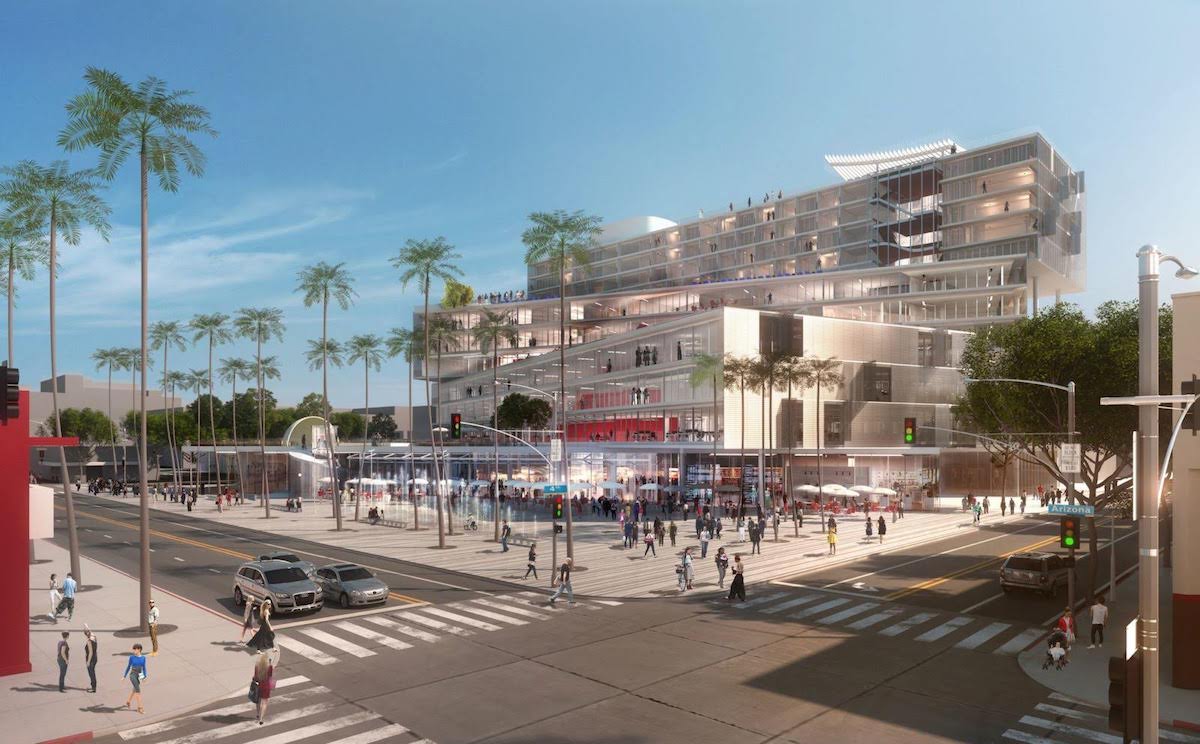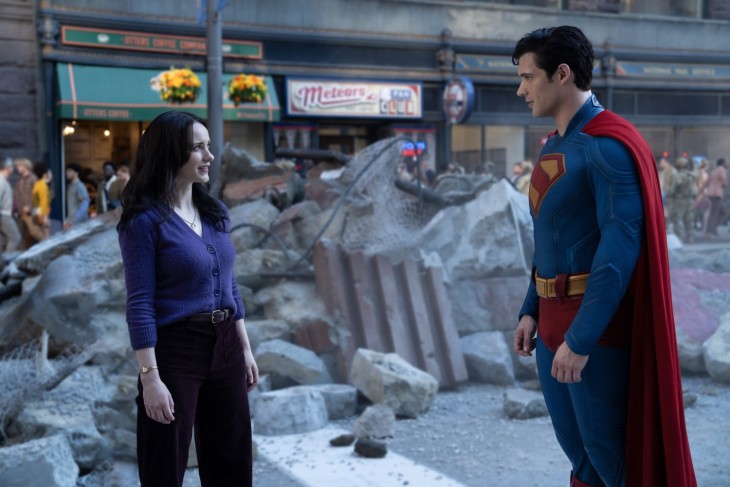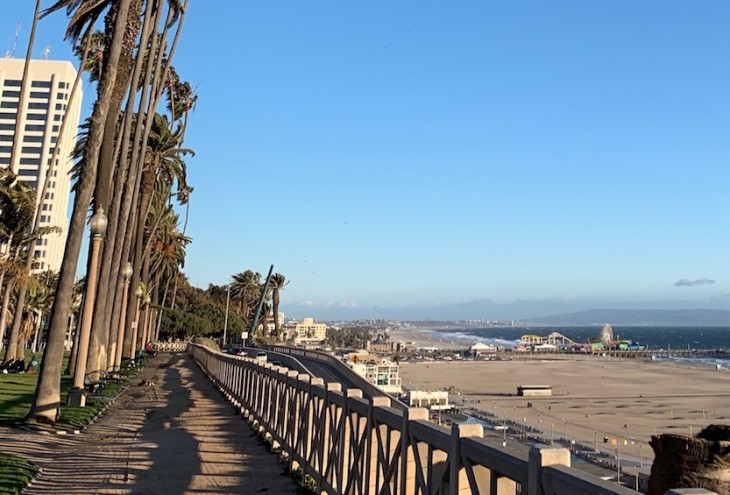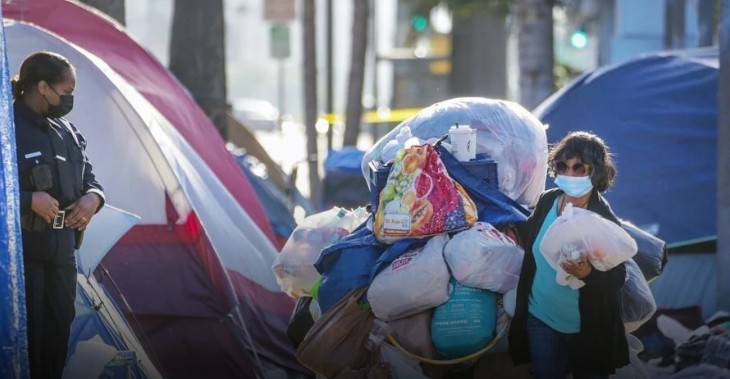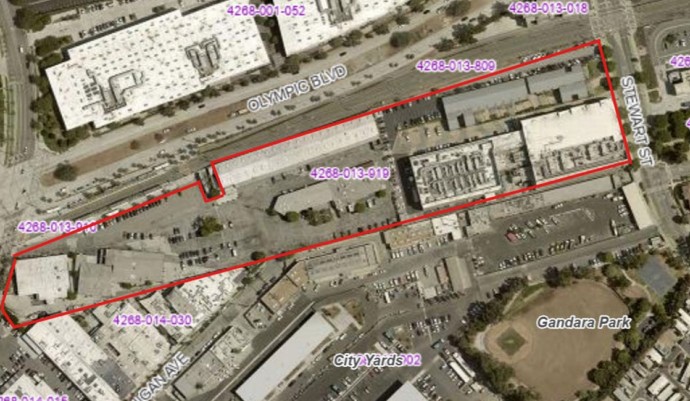
What do all of us want? We want what we used to have and what everyone longs to get back to. A great job. Security. A great work/life balance. Community. These are all in our consciousness because our parents lived in an environment that centered around them. We had them in the 1970s, 1980s, even through the 1990s and early 2000s. Then the system got seriously abused, and it broke. But everyone (rightfully) longs to get back there.
What created that environment? Shared values about our community, and the sense of priorities necessary to maintain it. But somehow, we were convinced that we need to move on from those priorities. But, it was never clear where to. We now know what the destination was. A city with competing values and conflicting priorities. Public safety increasingly managed to a non-resident agenda. Resident quality of life subordinated to unrelenting economic development. Economic development justified by the need for public investment in sustainability. Sustainability initiatives that actually have virtually no impact on the residents’ daily quality of life.
Conflicting priorities makes for conflicted policymaking. Common agreed measures of success become blurred, or are eliminated altogether. Residents feel increasingly cast adrift since there are purposely few hard and fast metrics that can be used to determine success or failure of City policies. Accountability is the first casualty. And, the community has less than little say over the character of their local areas, or about the shape and direction of the local economy. In this environment, the economic center has shifted, from businesses that sustain the community to businesses that sustain the governing agenda. In Santa Monica, large businesses and developers are the current council’s constituents. Residents and small businesses are viewed as a necessary burden to be managed with as few resources as possible. Meanwhile, labyrinthine regulations designed for large corporate business are stifling, and in many cases, seriously damage small business that cannot afford the corporate staffs necessary to navigate the bureaucratically-centered processes. Neighborhoods are being viewed as infill opportunities that will actually only benefit developers. It is not a stretch to say that we are entering the zone of a financially-driven authoritarianism, wrapped in environmental and social justice marketing.
The resident impact is profound. One key measure is the unrelenting increase in the City’s cost of living, directly tied to the unaccountable Council’s adoption of a development and high-end tourist financial model. The demographic is completely upscale from the resident demographic. So, what happens is that the influx of wealthy tourists invites the conversion of shops to high-end luxury goods. The city likes that too because of higher sales tax (currently among the very highest in the nation). Then landlords reflect these trends in escalating commercial rents. Rising rents force out the mid-priced and lower priced entrepreneurs (restaurants and retailers) to the outskirts of the city and then out of the city altogether. All the residents see is that they cannot afford to shop in downtown, and increasingly in the city. Downtown is becoming increasingly off limits to residents. Even through the 1990s, locally-owned businesses, covering all resident needs, were scaled to the local demographic. That relationship has broken in Santa Monica.
This is also fueling gentrification since these trends drive residential rents. Only those people with high incomes can afford to rent here. The income cutoff for qualification of a single person to obtain a below-market rate rental in Santa Monica is $94,700.
Not only is this not good for the residents, it is not good for business. What is the point where hotel room capacity becomes saturated? The ad hoc policymaking process treats every new large prosed development in largely isolation. Given that the City has doubled down on the hotel business, where is the master plan of just what the ultimate limits are to that model. How many high-end hotel rooms can the city support before the industry finances are impacted and occupancy rates on large buildings start plummeting? What is the level of gridlock and crime that starts to impact the idea of Santa Monica as a destination? What is the resident quality of life / small business / daily tourist balance the planners are trying to achieve? Is there such a balance? In addition to resident concerns, how is the City monitoring the health of small businesses, if at all? The hotel may go out of business but the building remains as a very long-term urban planning issue.
Another extremely important issue in our city is: who gets access and who gets to run the systems on which the city depends? Our City Council is an excellent example of what happens when objective and measurable outcomes no longer determine system success. No objective, neutral person stands a chance of having a position of influence in City Hall.
For the average resident, it is impossible to find information about the quality of services delivered to the constituents and the controls for making that service delivery reflect the costs the taxpayers are being asked to remit to pay for it. For example, what is the maximum resident response time for fire and police calls the city is committing to for the residents and small businesses? The inevitable result is that Santa Monica has underperforming constituent product delivery and / or value in almost every area.
In a resident-focused prioritization, all functions need to be evaluated for value and service quality delivery to the residents and the small businesses they depend on. For example, many non-safety functions where an individual city cannot afford to have enough staff to compensate for sick days, vacation and open positions and still, for example, keep the beaches consistently clean, could be reviewed for outsourcing. A larger outsource employer can improve delivery by managing a larger workforce and reallocating staff as required. And, they have the measurement tools to ensure consistent delivery and accountability. But that does not mean a larger employer cannot also be required, as part of the contract with the city (it’s customer), to offer a very competitive employment package.
In abandoning the civic compact with its residents and local small businesses, Santa Monica has ceased any accountability for their quality of life and ultimate success.
It’s time for a change in Santa Monica and this election is when it needs to happen.
Marc Verville for SMa.r.t. (Santa Monica Architects for a Responsible Tomorrow)
Thane Roberts, Architect, Robert H. Taylor AIA, Ron Goldman FAIA, Architect, Dan Jansenson, Architect, Building and Fire-Life Safety Commission, Samuel Tolkin Architect, Marc Verville, CPA (inactive).
For previous articles see www.santamonicaarch.wordpress.com/writings

